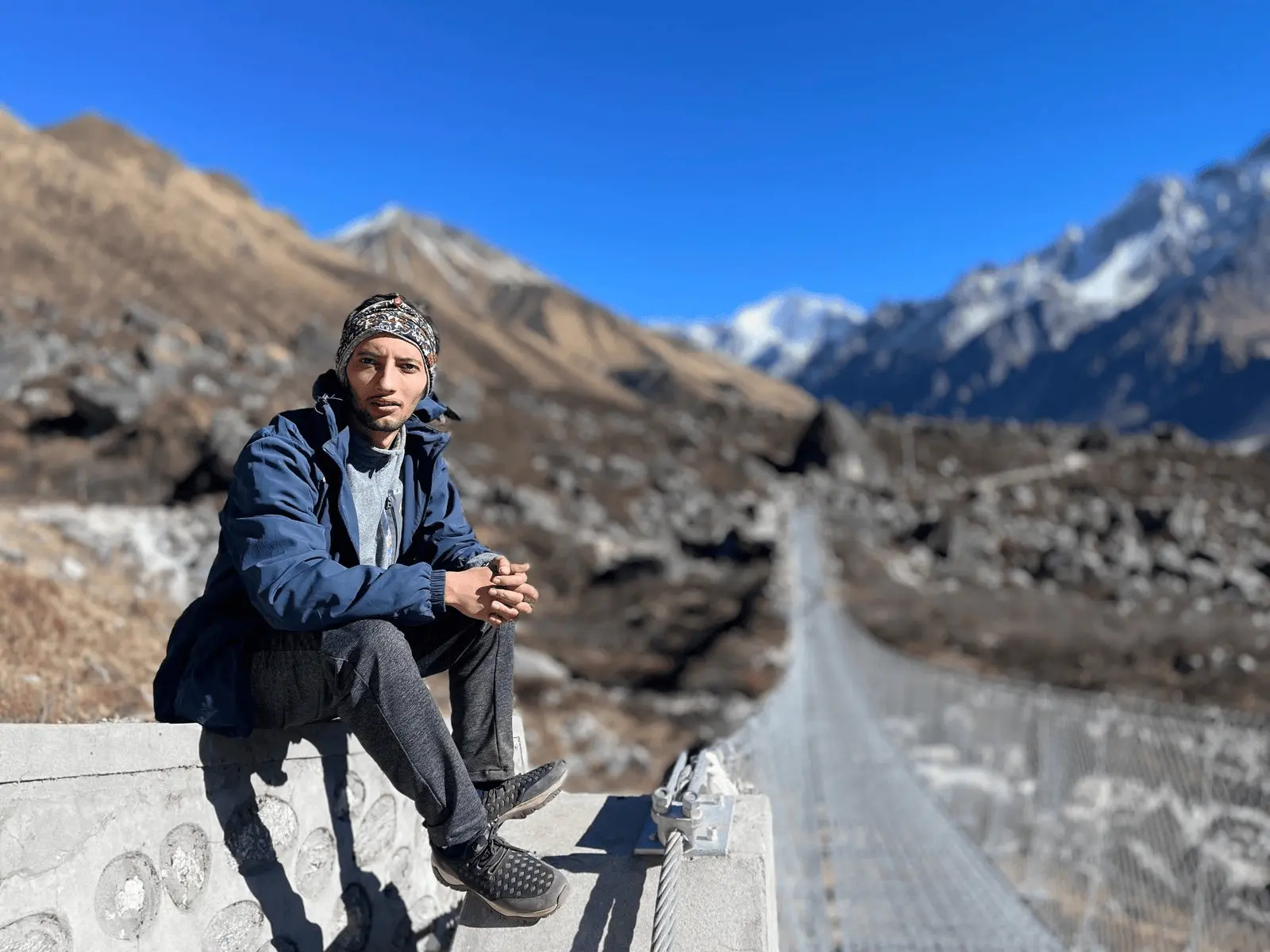A Sacred Tradition Continues in Kathmandu
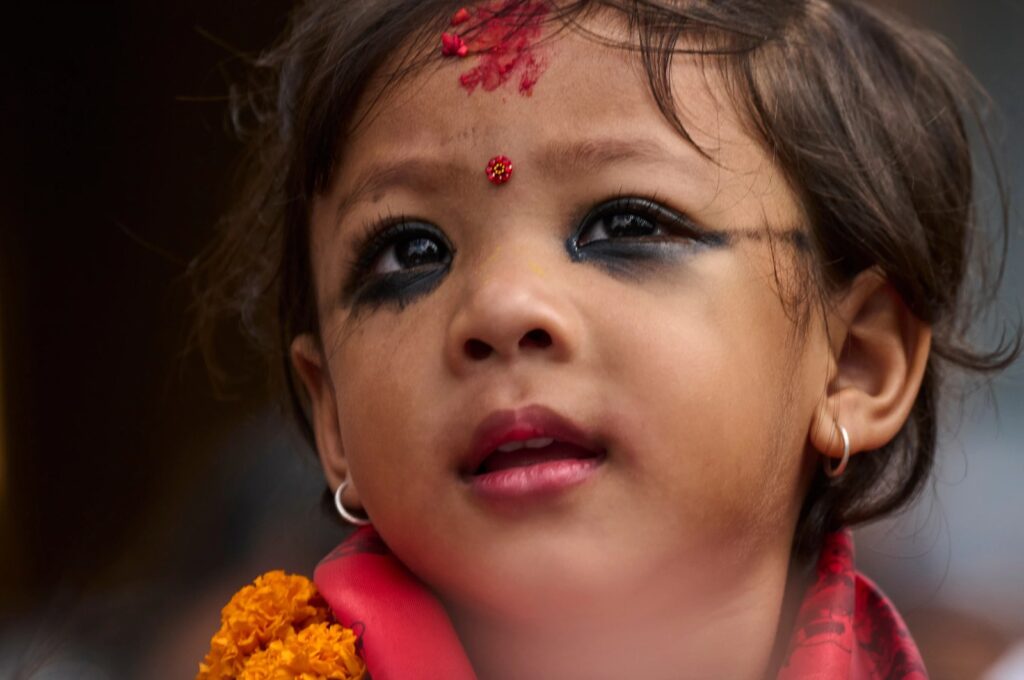
Nepal has once again witnessed the continuation of one of its most unique and mystical traditions: the enthronement of a living goddess, or Kumari. This year, a two-year-old girl named Aryatara Shakya from Kathmandu has been chosen as the new Royal Kumari, revered by both Hindus and Buddhists. At only two years and eight months old, Aryatara was carried in a ceremonial procession from her home in the historic alleyways of Kathmandu to Kumari Ghar, the temple palace in Basantapur Durbar Square, where she will reside and serve as the embodiment of Goddess Taleju Bhawani. Her selection took place during Dashain, Nepal’s most significant Hindu festival, amplifying the spiritual aura of the occasion. The Kumari tradition, deeply rooted in the Newar community of the Kathmandu Valley, is a centuries-old practice that reflects Nepal’s blend of faith, culture, and living heritage. Aryatara now assumes the responsibility of blessing devotees, including state leaders, during major festivals such as Indra Jatra, Dashain, and Tihar, making her presence central to Nepal’s religious and cultural identity.
The Selection of a Living Goddess
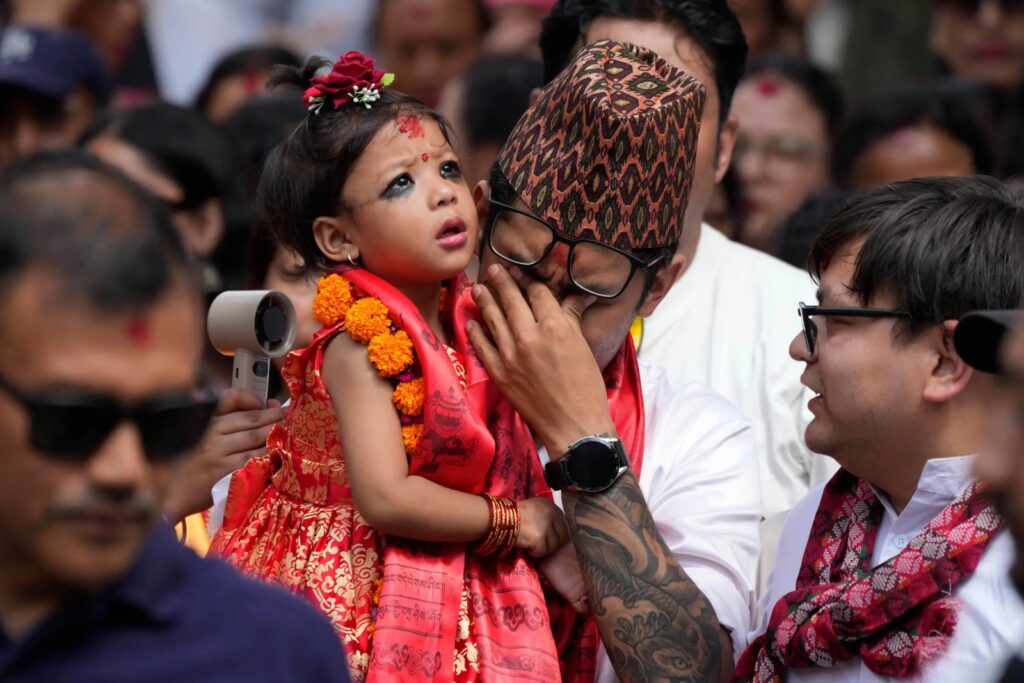
The process of choosing a Kumari is meticulous and highly symbolic. Girls between the ages of two and four from the Shakya clan of the Newars are carefully evaluated based on strict criteria of physical and spiritual purity. They must possess unblemished skin, flawless teeth, clear eyes, and show no fear of darkness—qualities believed to reflect divine perfection. Aryatara Shakya was chosen after her family was nominated along with others, and her selection was confirmed by a panel of priests and community leaders following astrological consultations and traditional rituals. Her enthronement not only elevates her family’s social and cultural standing but also places her at the heart of Kathmandu’s sacred festivals. Dressed in traditional red attire, adorned with symbolic jewelry, and marked with the iconic third eye on her forehead, the Kumari is paraded through the city during celebrations, where thousands of devotees bow to touch her feet in reverence. To her family, she was a daughter until yesterday, but today she is seen as a goddess in human form, embodying the delicate balance between innocence and divinity.
Life Inside the Kumari Ghar
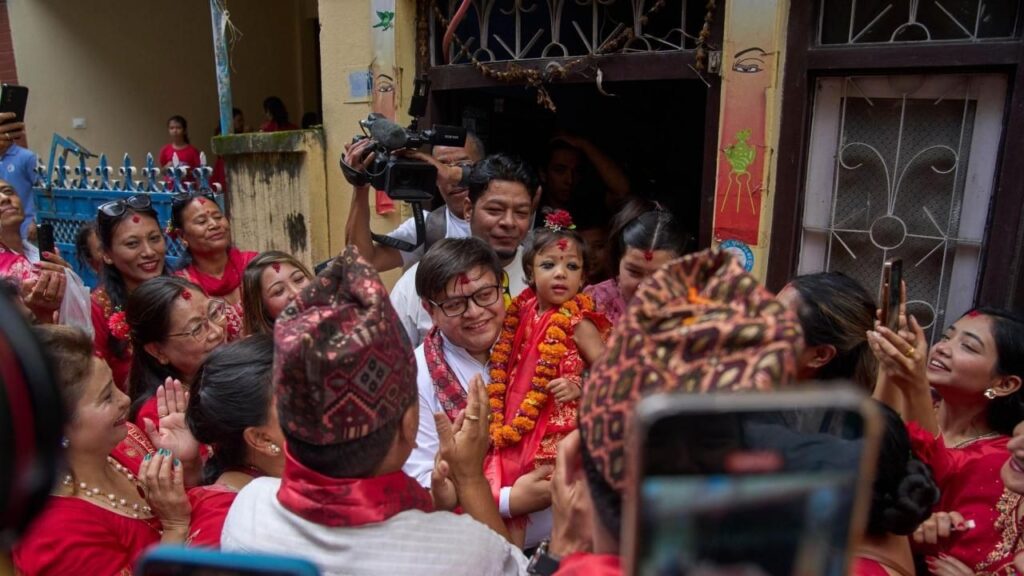
Once installed in the Kumari Ghar, Aryatara will live a largely sequestered life, emerging only for religious ceremonies and special occasions. Her playmates will be carefully chosen, and her outings limited to sacred processions, where she appears on a chariot or carried by her family and attendants. While her divine role places her above ordinary childhood experiences, modern adaptations have softened the strictness of the past. Today, Kumaris are allowed to receive private tutoring within the palace, access educational resources, and even enjoy basic modern comforts such as television. Still, her life will be far from ordinary, as she becomes the focus of prayers, blessings, and rituals performed by both common devotees and national leaders. The symbolism of the Kumari rests not only in her divine status but also in her representation of the fusion of Hinduism and Buddhism, with both communities revering her as a manifestation of sacred power. This duality makes the Kumari a living bridge between Nepal’s two dominant religions and an emblem of cultural harmony.
The Challenges and Changing Future of the Kumari Tradition
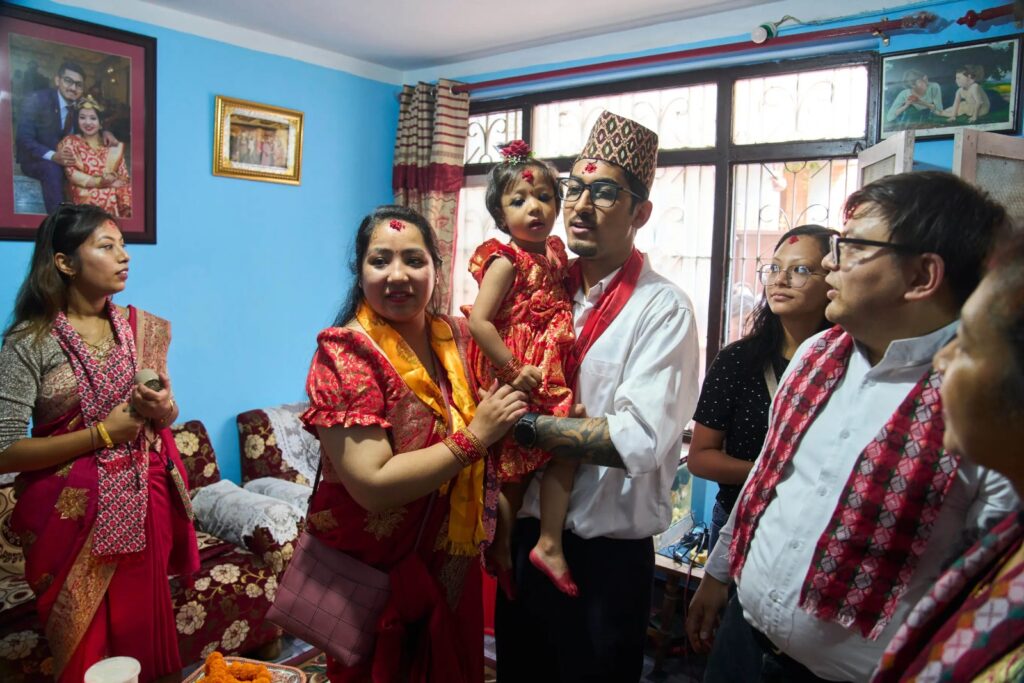
While the Kumari tradition is celebrated as one of the most enchanting aspects of Nepali culture, it is not without challenges. Former Kumaris often struggle to adjust to normal life after leaving their role upon reaching puberty. Folklore suggests that men who marry a former Kumari will face misfortune, leading many to remain unmarried. Additionally, the transition from divine isolation to everyday schooling and household responsibilities can be difficult. However, reforms in recent years have sought to make the Kumari tradition more compatible with modern life. Retired Kumaris now receive a government pension, access to education has been improved, and public awareness has grown about supporting these girls as they re-enter society. Despite these challenges, the Kumari of Kathmandu remains one of the most extraordinary living traditions in the world, attracting scholars, tourists, and spiritual seekers alike. With Aryatara Shakya’s enthronement, Nepal celebrates not just a child turned goddess but also the endurance of an ancient cultural practice that continues to evolve while holding deep spiritual significance. As she begins her journ
Contact us
Contact US
Location: Big Sky Treks, Nepal
Email:bigskytreks@gmail.com
Phone: Call Us



